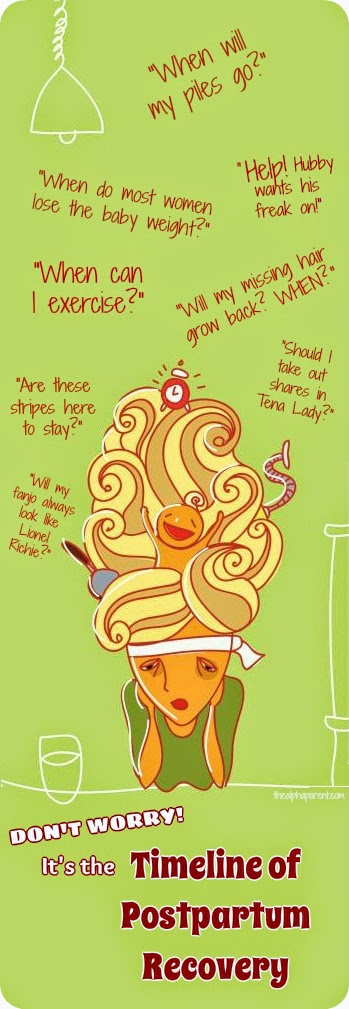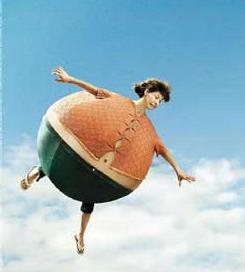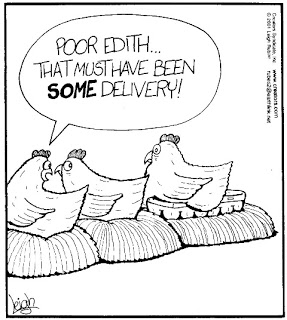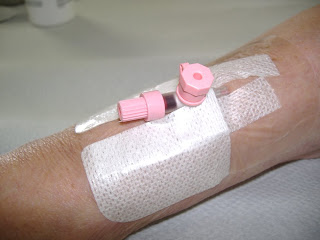
So you’ve just had a baby? Congrats! I bet you’re raring to get back to your aerobics class and daily jogs (huh? who are you telling to shut up?), but hold the sit-ups. Your body has its own timeline for recovery, and it’s important to take heed.
In less than a year, you conceived, developed and delivered a beautiful, living creature. To perform this feat your body underwent some tremendous changes. Even after birth, you’ll experience more.
Whether you had a vaginal delivery or caesarean section, this timeline is for you. Being informed of the process of postpartum recovery will help you to appreciate the phenomenal transformation your body is undergoing.
Day 1:
- You’re already 9 to 12 pounds lighter now that you’re no longer carrying a 6 to 8 pound baby, 1 or 2 pounds of placenta weight, and 2 pounds of blood and amniotic fluid.

- The process of delivery has slowed the movement of food through the intestines, which may cause you to feel bloated or constipated.
- After a vaginal delivery your vagina will be stretched open and may be swollen and bruised.
- Vaginal bleeding as heavy as (and often heavier than) your menstrual period will occur. This is called lochia and is a byproduct of your uterus shrinking back into your pelvis and shedding the lining and any cells that are left from the placenta. This includes all the extra tissues, blood vessels, muscles and ligaments, which grew and developed during pregnancy, dissolving through a process of self-digestion and shrinking, called autolysis and involution (Tiran 2006). A sudden gush when you stand up in the first few days is normal. Because blood and the occasional clot are the predominant ingredients of lochia during these early days, your discharge can be quite red. Maternity towels, not tampons, should be used to absorb the flow. You have an open internal wound at the site where the placenta was attached to the uterine wall, and like any wound, this one is vulnerable to infection. Tampons could introduce bacteria.
- Your uterus is shrinking rapidly in an effort to control bleeding and return to its pre-pregnancy state. You will experience abdominal cramps (afterpains) as your uterus contracts and shrinks (from about 1kg to just 50g) and makes its normal descent back into the pelvis. Breastfeeding will speed up this process, shrinking the uterus back to its normal size more quickly while pinching off exposed blood vessels at the site where the placenta separated from the uterus.
- During pregnancy, your internal organs gradually shift around to make room for your growing baby. Now that your baby has suddenly gone from your uterus, your organs have to make their way back to their prepregnancy position. This can make you feel like your organs are just hanging in space. This feeling will pass over the next week or so, as your abdominal muscles regain some of their tone and your organs shift back into place.
-
- Aside from the obvious lack of sleep and aftermath of gruelling labour, low potassium levels can contribute to a feeling of exhaustion. Eat plenty of potassium-rich foods, such as bananas, tomatoes, dried apricots, and plain yogurt.

- You are likely to experience perineal discomfort, pain, numbness, if you had a vaginal delivery (especially if you had stitches).
- You will experience discomfort sitting and walking if you had an episiotomy or a repair of a tear. Walking is, however, the best activity during this immediate postnatal period, and a gentle daily walk is recommended (Coulson 2012).
- Difficulty urinating will occur. Some women feel no urge at all; others feel the urge but are unable to satisfy it. However it is essential that you empty your bladder within six to eight hours of delivery to avoid urinary tract infection, loss of muscle tone in the bladder from over-distension, and bleeding (because an overfull bladder can get in the way of your uterus as it attempts the normal postpartum contractions that staunch bleeding).
- You may have haemorrhoids continued from pregnancy, or new from pushing. These are various veins in your ass that can be sore, itchy, bleed and generally make you feel your ass has turned inside out.
- All-over achiness especially if you did a lot of pushing.
- You may have swelling in your legs and feet. Reduce it by keeping your feet elevated when possible.
- You may have bloodshot eyes from pushing.
- Sweating and lots of it, particularly at night.
- You can shower or take a bath as usual, but always use mild, unscented soap or just water when washing the perineum.
- Bladder control may be practically non-existent in these first forty-eight hours or so, and decidedly dodgy for some time after. The cradle of muscles that supports your bladder and womb has been stretched by pregnancy and childbirth and it needs tightening up. Answer: do pelvic floor exercises (otherwise known as kegels).
- Exercise: The pelvic floor muscles are the ones that you use when you want to urinate or defecate, and are the muscles you used to push your baby out if you had a vaginal birth. Strengthen the muscles by contracting the area around your vagina and anus. Hold it for 30 seconds. Do 8 contractions each time. Don’t worry if you cannot feel yourself doing them; the area will be numb at this early stage.
- Caesarean section: Most women will require strong and effective analgesia for the first 48 hours after the operation.
- Caesarean section: Within six to eight hours after delivery, your carers will be there to help you to sit up, get you sitting on the side of the bed, and start you walking short distances. Becoming mobile as quickly as possible is the best advice for post-cesarean mothers. The surgery and the anesthesia can cause fluids to accumulate, which may lead to pneumonia, so movement is very important.
- Caesarean section: The lochia is frequently less heavy after a c-section, because the surgeon usually cleans out the uterine cavity with swabs before stitching up the walls of the uterus, thereby removing blood clots, pieces of membrane, placenta and other debris. Nonetheless, you will have lochia for several weeks and may pass small blood clots and experience some after pains when breastfeeding.

- Caesarean section: The catheter that was inserted before your caesarean will usually be removed once you can walk to the bathroom. The IV line you had inserted before the operation will be kept in place until your ifntestines begin to work again. You will know this is happening when you start to experience rumbling in your stomach and gas pains. Ease the gas pains by avoiding carbonated drinks, or drinks that are very hot or cold.
- Exercise: For mothers who have had a caesarean, medical professionals recommend gentle coughing to stimulate the area around the stitches. This stimulation will promote healing around the wound. Do this several times a day.










